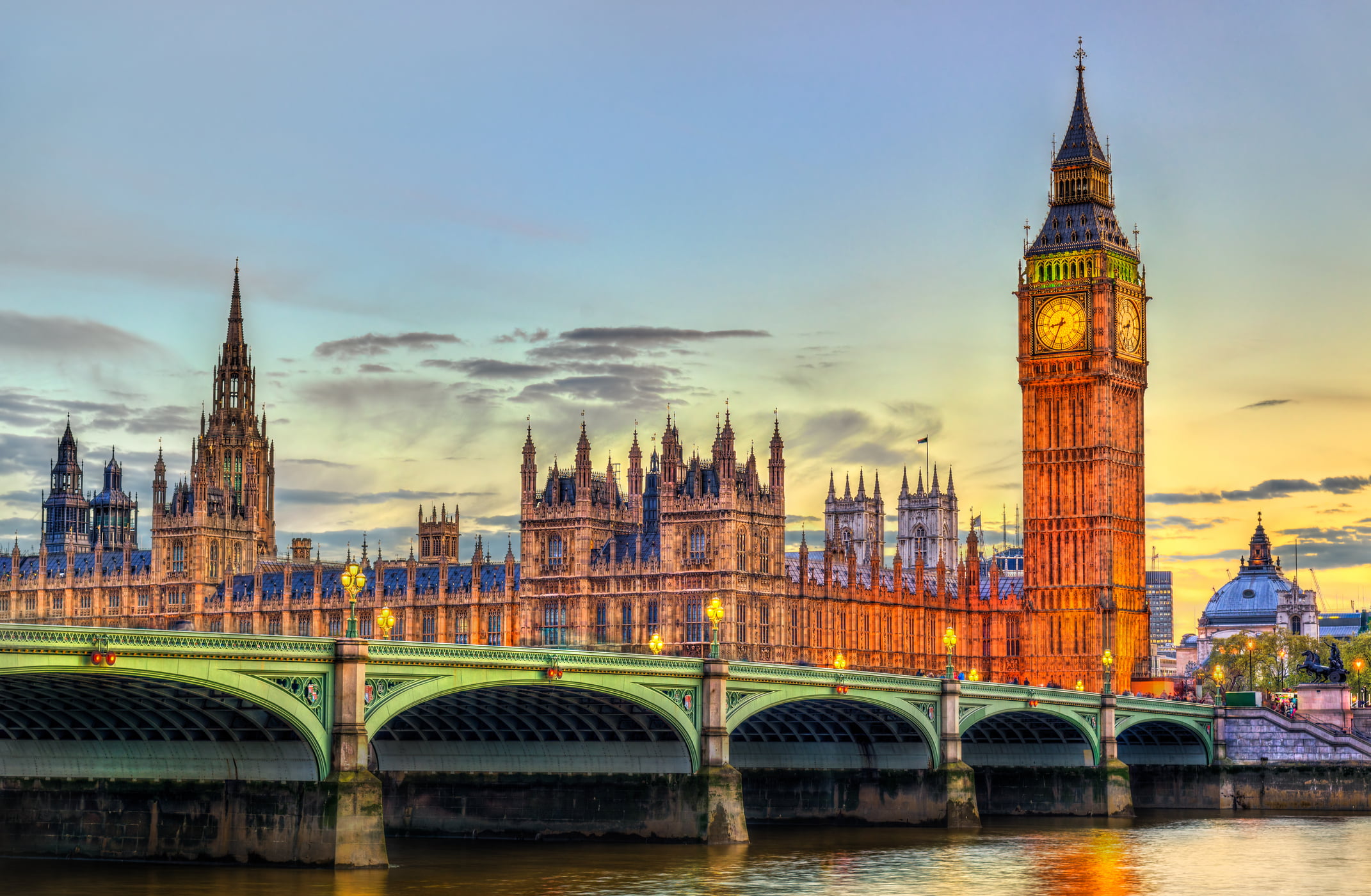To understand the importance of green finance, it’s worth taking a step back to consider just how important finance is to our lives and to the economy as a whole.
Finance lies at the heart of how the economy functions at every level – for individuals, businesses and nations, for example:
- when you want to buy a house, you’ll probably take out a mortgage
- you may use a personal finance deal to buy a car, make home improvements or afford holidays and so on
If you have money to invest:
- you may buy companies’ stocks and shares
- you’re likely to pay into a pension to save for your retirement
If you want to start a business, or invest in equipment or technology:
- you’ll take out a business loan
At a national level:
- when a government needs to invest in new infrastructure – they may issue a new bond on the global finance markets
- when a developing economy needs to develop a new power plant, it may borrow from a development bank set up for that purpose

